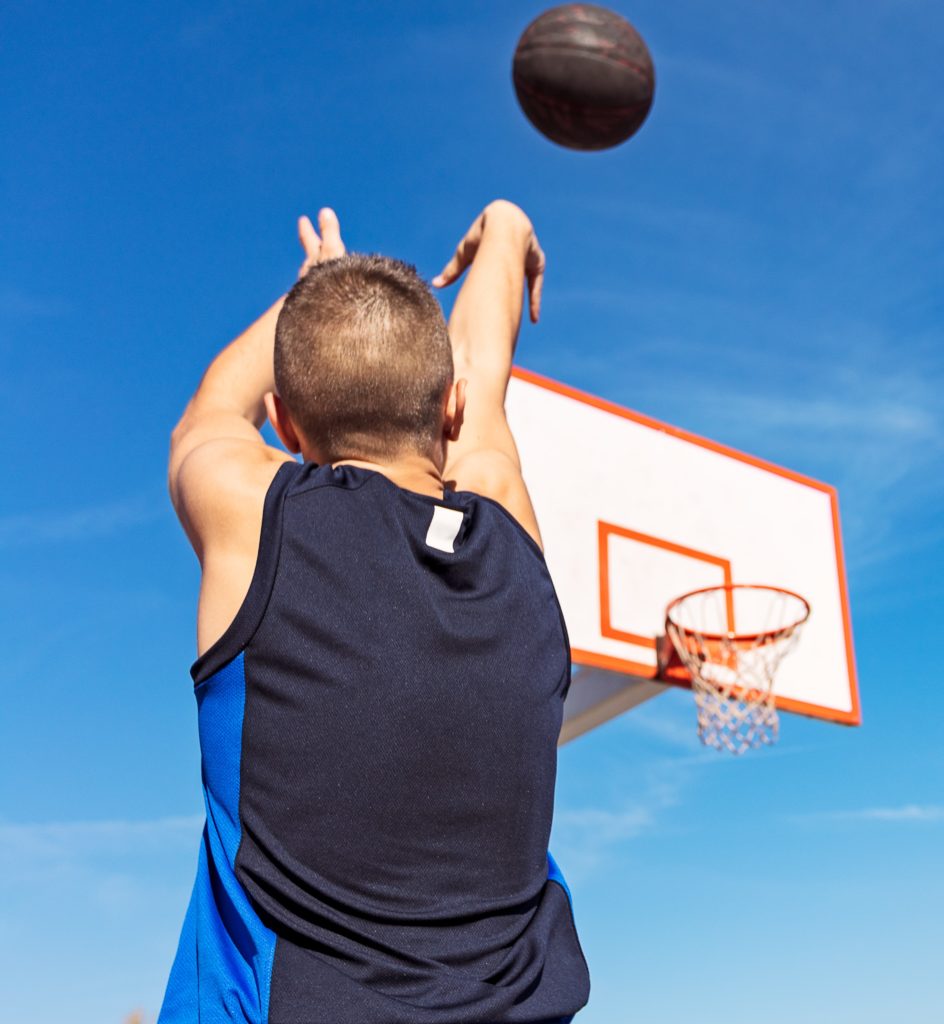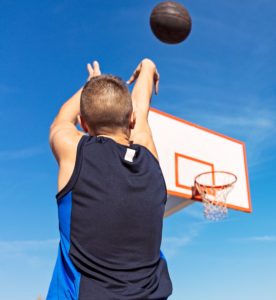Better cues & mental practice to improve skillful movements: Are external focus cues better than internal focus cues? It depends

Coaches, athletes, healthcare professionals, verbal cues, use mantras, self-talk, visual imagery, and skill training to improve movement.
There are many cognitive strategies commonly used to improve human movement to move faster, farther, injury-free, and/or just look better moving.
Types of cues:
A substantial amount of research in the area of motor learning examines different types of verbal cueing. One area of research is classifying what kinds of conscious thoughts or cues are helpful during efforts to improve skillfully coordinated movements. The direct attention of cues is internal or external.
An internal focus cue is directed toward components of the body movement, where the learner will be consciously aware of how they are moving and performing. Conversely, an external focus cue is directed toward the effect of the movement on the environment, or the end goal.
An example of an internal focus cue shooting basketball attention is on the motion the fingers and wrist perform on releasing the ball. Whereas an external focus cue attention is on the outcomes of how the ball goes thru the basket.

There is conflicting evidence whether an internal focus or external focus is superior in terms of achieving a better outcome of the improved movement.
Based on the work of Gabriele Wulf and others the consensus is the use of external focus cue is superior and more robust. Recommend external focus cue and feedback enhances the acquisition of new movement skills.
However, more recent research disagrees with the blanket statement that an external focus cue is better in all situations.
Perkins-Ceccato et.al find training novice golfers to achieve a high skill level performed better using an internal focus. Cassandra Brooke report highly skilled baseball players benefit from external focus during batting simulations whereas novice players perform best with internal focus. E.C. Kal individuals with paralysis from a cerebral vascular accident (stroke hemiplegia) improve with internal focus cue and use of external focus cue not so much. Victoria Chow et. al conclude that younger subjects using internal focus are more detrimental to learning a novel balance task. However older subjects this is not the same. Older subjects and/or neurologically impaired subjects often do better with internal focus cues.
Mental practice to improve movement:
Motor imagery is the mental execution of a movement with little or no overt motion. It has been shown that motor imagery and rehearsal of the movement leads to the activation of the same brain areas as an actual movement.
Mental imagery has two categories:
- Visual imagery is a visualization of the movement without actual movement
- Kinesthetic imagery is a cognitive creation of the feeling of movements while physically moving. For example, a basketball player practicing the free-throw movement without the ball.
A common learning theory is individuals have a preferred learning sense. Some individuals prefer to learn by hearing. They want verbal instructions, enjoy dialogues, and discussion. Some individuals prefer to learn by seeing. They need to see the skill demonstrated; they have vivid imaginations. Some individuals prefer to learn by doing and feeling the movements. Takeshi Sakaurada suggests individuals who learn better by seeing visualization can use an external focus strategy to enhance motor learning by using visual motor imagery and mental practice. Whereas individuals who learn better by doing and feeling can use an internal focus strategy to enhance motor learning by using kinesthetic motor imagery and mental practice.
Bottom line:
Are external focus cues better than internal focus cues? It depends.
Both internal and external focus verbal cues can improve performance.
If the individual is a beginner, an internal cue is likely better.
If the individual is an expert performer it is likely an external verbal cue is better.
If the individual is young an external cue is likely a better type cue
If the individual is older an internal focus cue is as effective as an internal focus cue
Whether the cue is internal focus or external focus it is likely better if the cue uses words that are consistent with the individual's preferred learning sense, that is, hearing, seeing, or feeling/doing.
The answer to whether an internal cue is better than an external cue needs experimentation on an individual basis. Create both an internal focus cue and an external focus cue. Use the different cues when performing the skillful movement and observe which results in better performance. Which is the type of cue does the individual prefer internal or external?
The information on this website is not intended or implied to be a substitute for professional medical advice, diagnosis, or treatment. You are encouraged to perform additional research regarding any information contained on available through this website with other sources and consult with your physician.
Damien Howell Physical Therapy – 804-647-9499 – Fax: 866-879-8591 At-Home, At Office, At Fitness Facility – I come to you, I do home visits Damien@damienhowellpt.com
